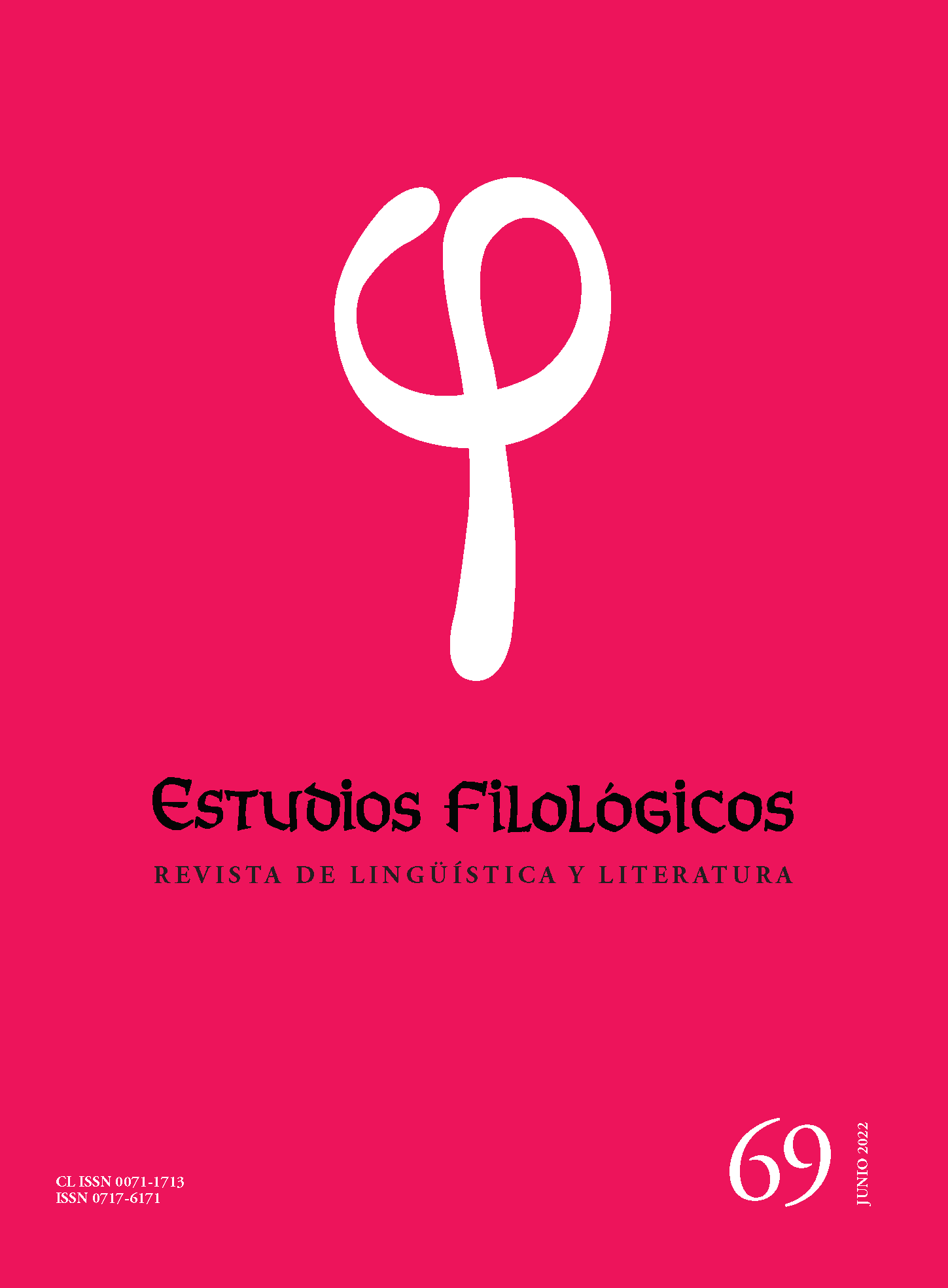Prosody of interrogative acts in Spanish colloquial conversation: an interactional-functional approach
Main Article Content
Abstract
The prosody of interrogative constructions in Spanish remains an open chapter since, despite the numerous studies available, there is still no closed typological picture. In this sense, the present work attempts to contribute a novel vision to this field through the application of a dialogical analysis model based on the functional diversity of intonation (Hidalgo’s interactive-functional model 2019). The corpus handled starts from real speech situations (colloquial conversations) that meet the required dialogic principle. A total of 581 interrogative acts were recognized and their acoustic analysis was carried out, focusing the description on absolute or total interrogative acts and on pronominal or partial interrogative acts, for whose identification the guidelines provided by the literature were taken into account. The basic prosodic characteristic of the absolute question is the Principle of Intonational Inclination (PII), and that of the partial question is the Principle of Intonational Declination (PID). For the prosodic study of both types of interrogatives, the extension of the melodic contour, its speed of speech and its duration have also been taken into account, carrying out a previous process of curve stylization based on the consideration of holistic contours, differentiated according to their percentage of ascent or descent. Four different groups of questions have been recognized: absolute interrogative contours PIE (IA PIE), absolute interrogative contours NO PIE (IA NO PIE), partial interrogative contours PDE (IP PDE) and partial interrogative contours NO PDE (IP NO PDE). Finally, the systematic application of statistical tools (box plot, standard deviation and decision tree) has allowed us to propose some recurrent prosodic features specific to IA PIE and IP PDE contours.

